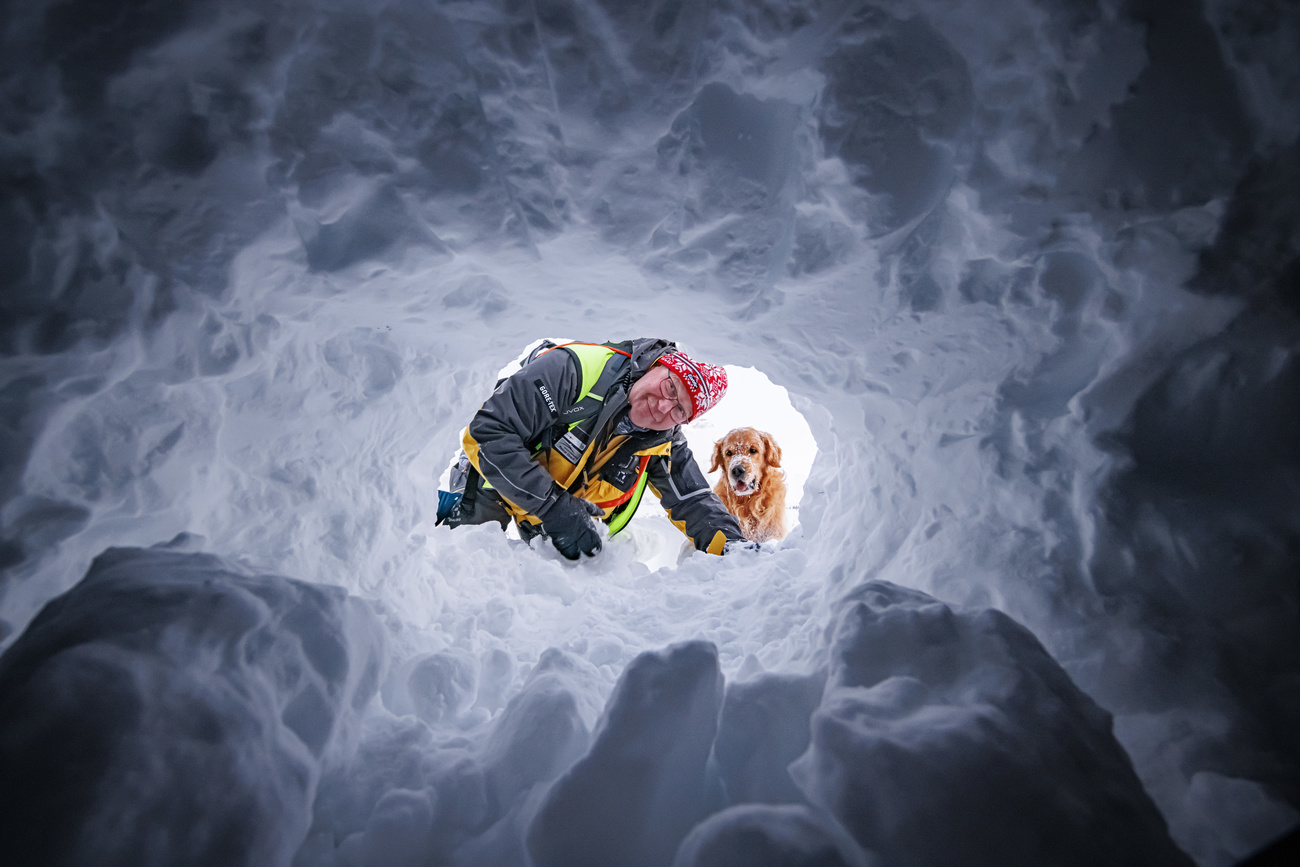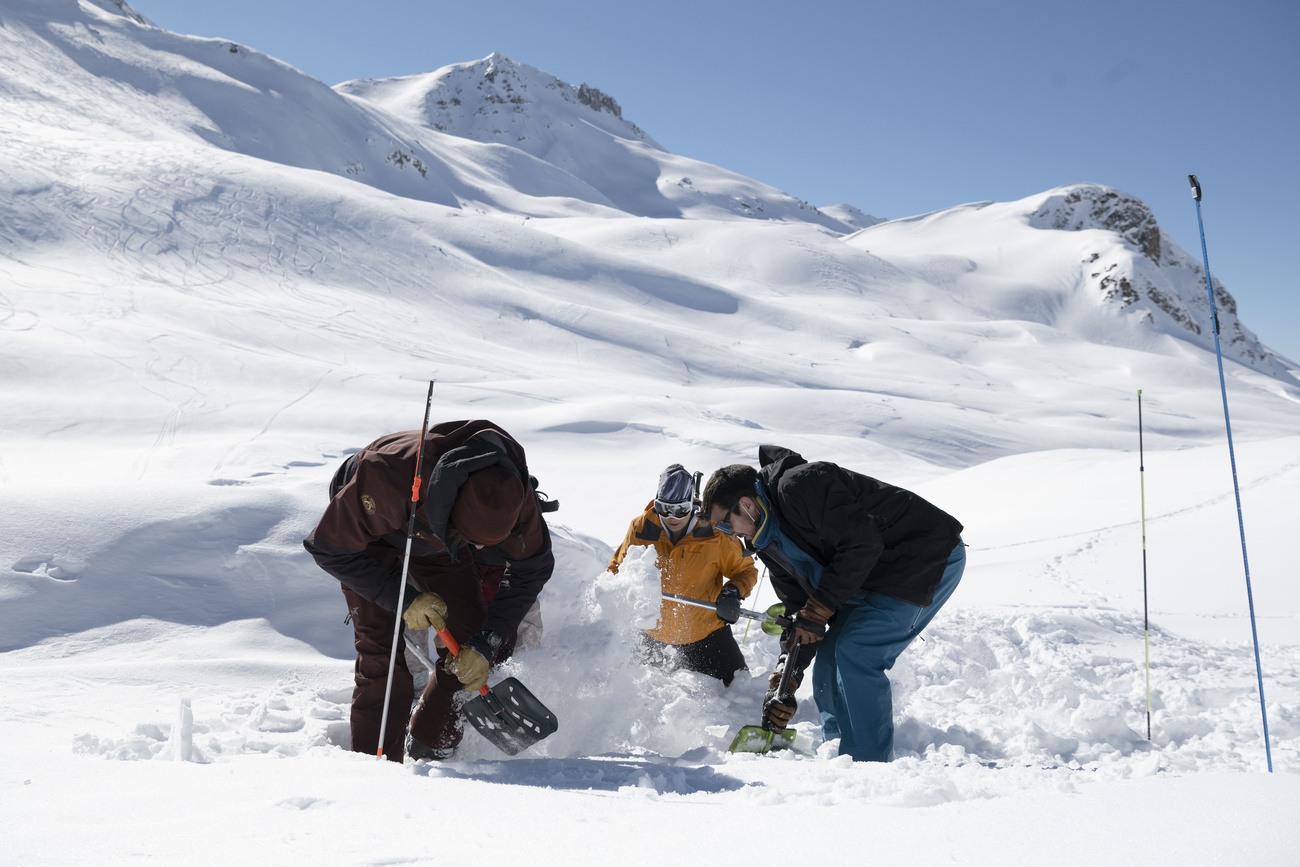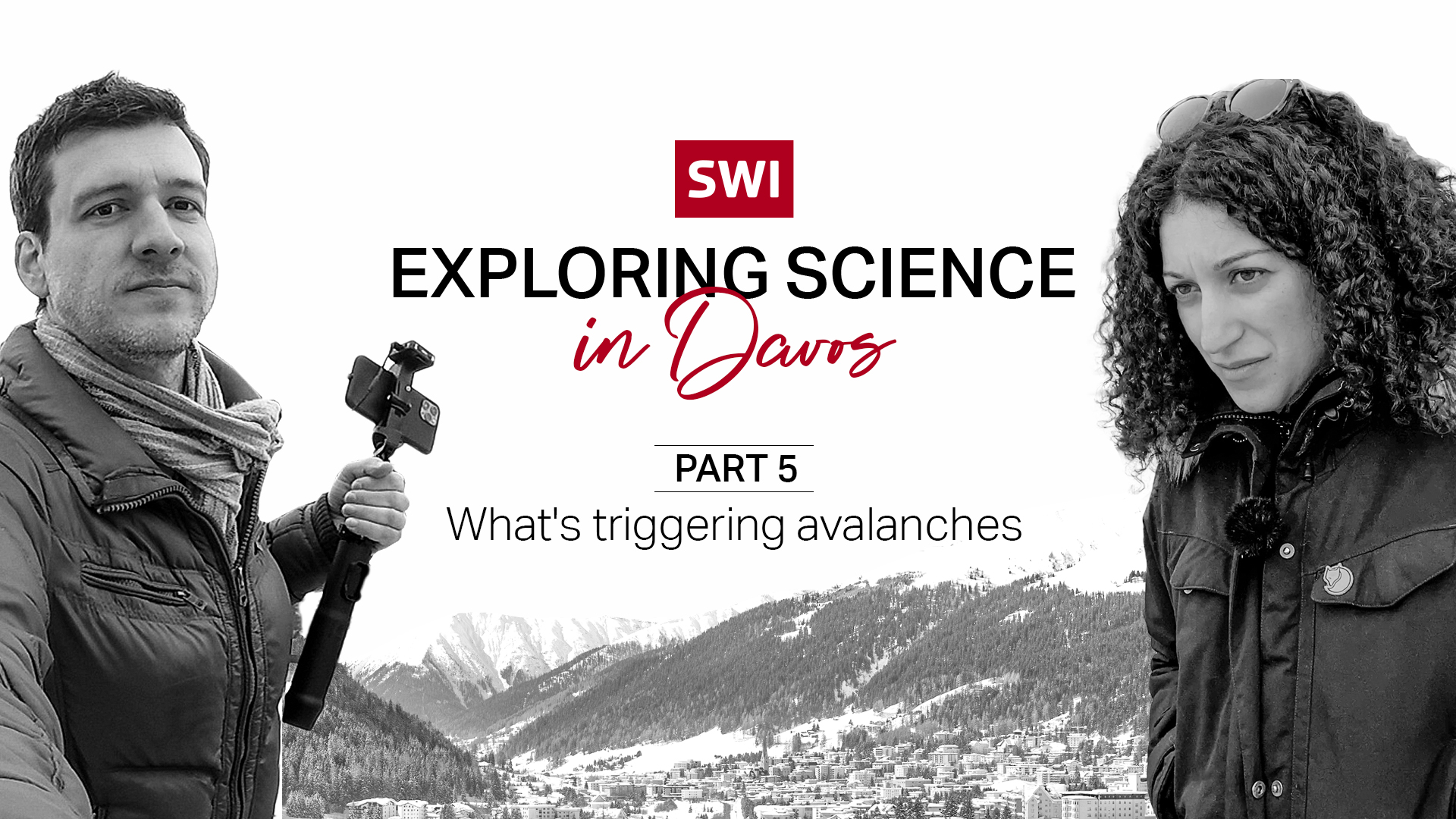How I survived an avalanche in Switzerland

I’ve skied since I was seven but in recent years, as I’ve ventured further from the pistes, large boxes of mountaineering kit have crept into the cupboards of our bedroom at home in London.
Each contains shovels, avalanche probes, ropes, boots, survival shelters and so on. The emergency equipment all remained sealed in its packaging despite being taken on multiple trips, until one day late last winter, when I gratefully tore open every last piece.

With three friends, I was on a week’s ski touring trip in Switzerland. We’d begun in Grindelwald, riding the rack-and-pinion railway up to the Jungfraujoch, Europe’s highest station, then heading south on to the vast expanse of the Aletsch glacier where we stayed in a series of mountain refuges.
On Saturday morning, we woke in the Konkordia Hut, ate breakfast, then the hut guardians wished us well as we set out again across the glacier, roped together in single file. We were heading for the Hollandia Hut, though we would never make it.
The weather forecast was reasonable but four hours later visibility became worse, the intermittent snow started to fall heavier and a strong wind whipped it up around us. Soon snow was falling faster than I’ve seen it in 40 years of skiing.
We skied roped in pairs to avoid any chance of falling into crevasses; our progress was painfully slow. Suddenly one of my skis sunk about a metre down into the fast-accumulating snowfall. As I tried to draw my boot upwards my ski detached and the leash snapped. I could sense my friend Nick’s impatience at the front of the rope as I dug down trying to retrieve my ski. But as I did so, I heard a muffled scream from behind.
I took a split second to process the words: “Oh my god, he said avalanche!” The thing I’d dreaded my whole life in the mountains.
Then a bomp and a whoosh. A wall of white engulfed me, a freezing cold wave.
“Try to stay on top and swim” is what they tell you. Which sounds simple but not when you’re spinning over and over with one ski still attached. “Try to create a breathing space with hands over your mouth,” they say. But I was gasping for air in terror, powder snow quickly filled my mouth and I began to choke.

More
Avalanches killed 21 people in Switzerland this winter
“This is it,” I thought. I was filled with anger that I had let down my daughters and wife. Dad’s not such a whizz on the mountain after all.
Within seconds, it was over. I came to, glanced down and saw my legs covered in snow but thankfully the rest of my body wasn’t buried. Nick shouted up: “We’ve been avalanched. Is everyone OK?”
Remarkably, all four of us had ended up on the surface. I spotted my helmet a few yards away; one pole lay just behind me though there was no sign of the other, and no chance of getting the ski now.
We knew more avalanches were likely, and that we urgently had to get to flatter ground. I rested my free foot on the back of Nick’s ski and like a three-legged race, we awkwardly descended. We reached a plateau but we were still close to the side of the slope. Every few seconds we could hear the thunder of another avalanche releasing somewhere above us. At that moment, there was a brief lull and a swallow appeared. We stopped in our tracks and all stared up as it repeatedly circled around us, then seemed to lead us to safer ground.
We followed it another 200 metres west. By now it was already 5pm, the storm was continuing to build, and we were cold and wet from the avalanche. Continuing the 10km down the valley to the nearest village, Blatten, seemed too risky, as did attempting to climb up to the hut, so we decided we’d build a “shovel-up”, a sort of basic igloo, and shelter there until help arrived. Nick said he’d built one before, though never “in anger”.
We put our four rucksacks into a pile and began shovelling snow on to them. After an hour we had a huge, meringue-like mound that we tamped down with skis. Next we began to excavate a hole inside it, pulling out the rucksacks to form a cave that we then enlarged and moulded with the shovels. Finally it was big enough for all four of us to retreat inside.
There started a very uncomfortable 15 hours. We opened all our survival blankets to try to make the floor of the cave a bit less cold. We phoned mountain rescue. There was an option to send up rangers and dogs but being so high up, in a worsening storm, with plunging temperatures and impending darkness, they would have been putting their own safety at risk. We decided to hunker down for the night and wait for the blizzard to blow itself out.
+ What’s triggering avalanches?
As the air inside began to heat up so lumps of ice would periodically drop down from the roof. I then started worrying we’d all suffocate so we devised an air hole using skis. It was a difficult balancing act — too much ventilation and our damp bodies began to get cold; not enough and thoughts of suffocating occupied our minds. I kept a shovel very close to hand, so paranoid was I that the roof would collapse at any minute.
We tried to lie down and get some rest but I found that every time I did I began to shiver. One friend did a good job of telling jokes to keep spirits up, another even managed to get to sleep, his snores strangely comforting as we wished the hours away.
Finally, we noticed the first light of dawn. Looking out, we found fresh snow had risen level with the roof of our 2-metre-high shelter, but the storm had passed. We phoned mountain rescue again and 10 minutes later we could hear the distant but unmistakable sound of helicopter rotors getting closer. I felt overwhelmed with relief.
The rescuers complemented us on how well-prepared we were in terms of survival bags and blankets and I noticed one giving a nod of approval when he looked inside our shelter. No mountaineer wants to be rescued but these comments were somehow a great comfort as we swooped back down through the valley in the helicopter, reflecting on our escape. Looking back, all of us wonder if the swallow that appeared in the midst of the storm was some kind of guardian angel.
Copyright The Financial Times Limited 2024

In compliance with the JTI standards
More: SWI swissinfo.ch certified by the Journalism Trust Initiative

You can find an overview of ongoing debates with our journalists here . Please join us!
If you want to start a conversation about a topic raised in this article or want to report factual errors, email us at english@swissinfo.ch.